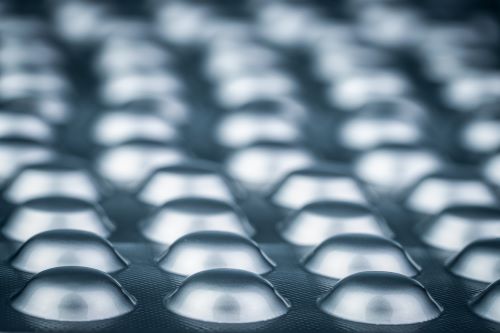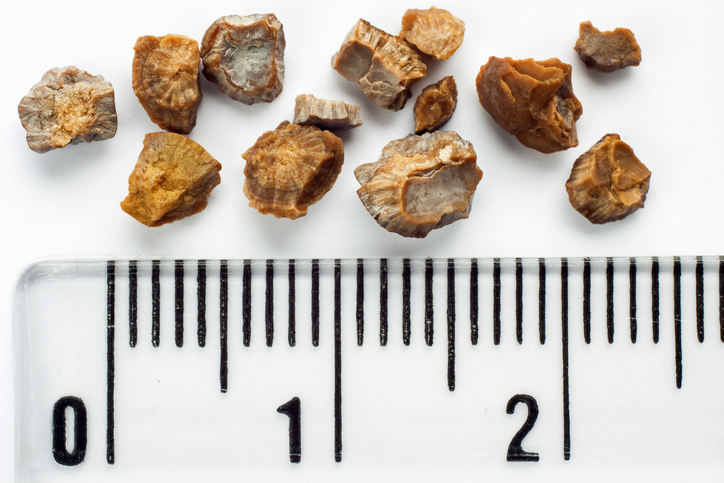
Gout is a common comorbidity with chronic kidney disease (CKD). Management of gout centers on urate-lowering therapy (ULT). Both the 2020 American College of Rheumatology and the 2016 European League Against Rheumatism guidelines recommend a treat-to-target uric acid (UA) level of less than 6 mg/dL.
Do institutions adhere to these guidelines? To gain insight, Ioannis Karageorgiou, MD, and other researchers at William Beaumont University Hospital in Royal Oak, Michigan, examined adherence at their own institution and the effect of CKD and other comorbidities on the prevalence of adherence.
Their retrospective study included 5,985 patients with gout who initiated use of the ULT agent allopurinol between 2015 and 2020. All participants were aged 18 years or older and had a gout diagnosis and a new allopurinol prescription. The mean (± SD) participant age was 61.2±14.2 years, 74% were male, 65.9% were White, and 24.3% were Black. Common comorbidities included hypertension, diabetes, coronary artery disease, and congestive heart failure.
The study’s primary outcome was UA monitoring within 6 months of allopurinol initiation. The secondary outcome was the prevalence of dose adjustments made by clinicians when a UA level measured higher than the target.
Guidelines were followed in only about half of cases. Of the full cohort, 48.3% (n=2,889) had UA levels monitored within 6 months of ULT initiation. Monitoring rates were not significantly affected by a patient’s CKD stage (P=0.059). Clinicians did not adjust allopurinol doses for 54.3% of patients (n=1,011) whose UA levels were elevated (>6 mg/dL).
The authors said that their results underline significant gaps in ULT guideline adherence across different demographics and comorbidities. “Addressing these issues requires enhancing clinician awareness, integrating comorbidity management, and adopting individualized dosing strategies that consider factors beyond renal function alone,” they wrote. This effort is necessary, they said, to optimize patient outcomes and avoid disease progression.
Source: Cureus







 © 2025 Mashup Media, LLC, a Formedics Property. All Rights Reserved.
© 2025 Mashup Media, LLC, a Formedics Property. All Rights Reserved.